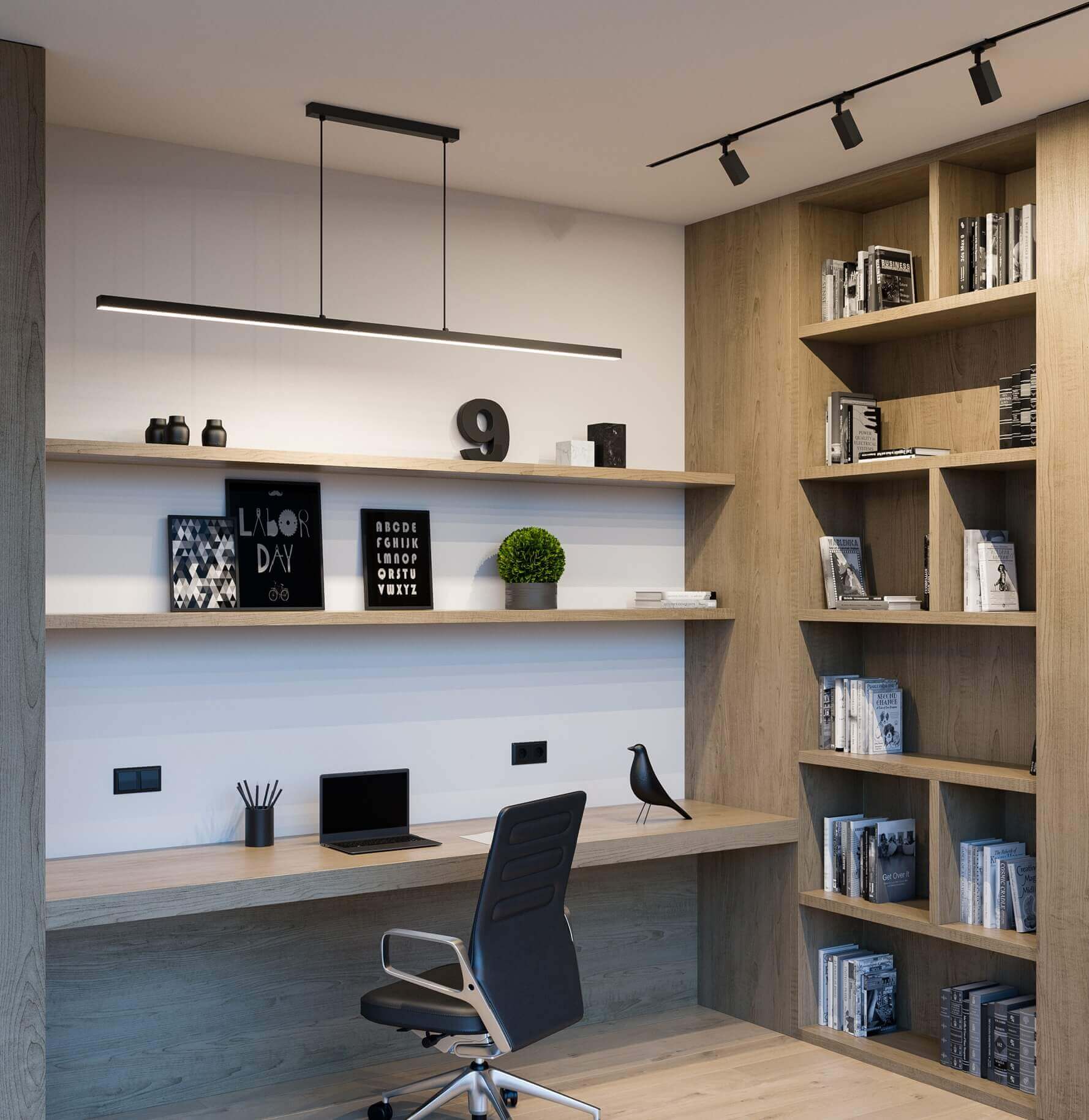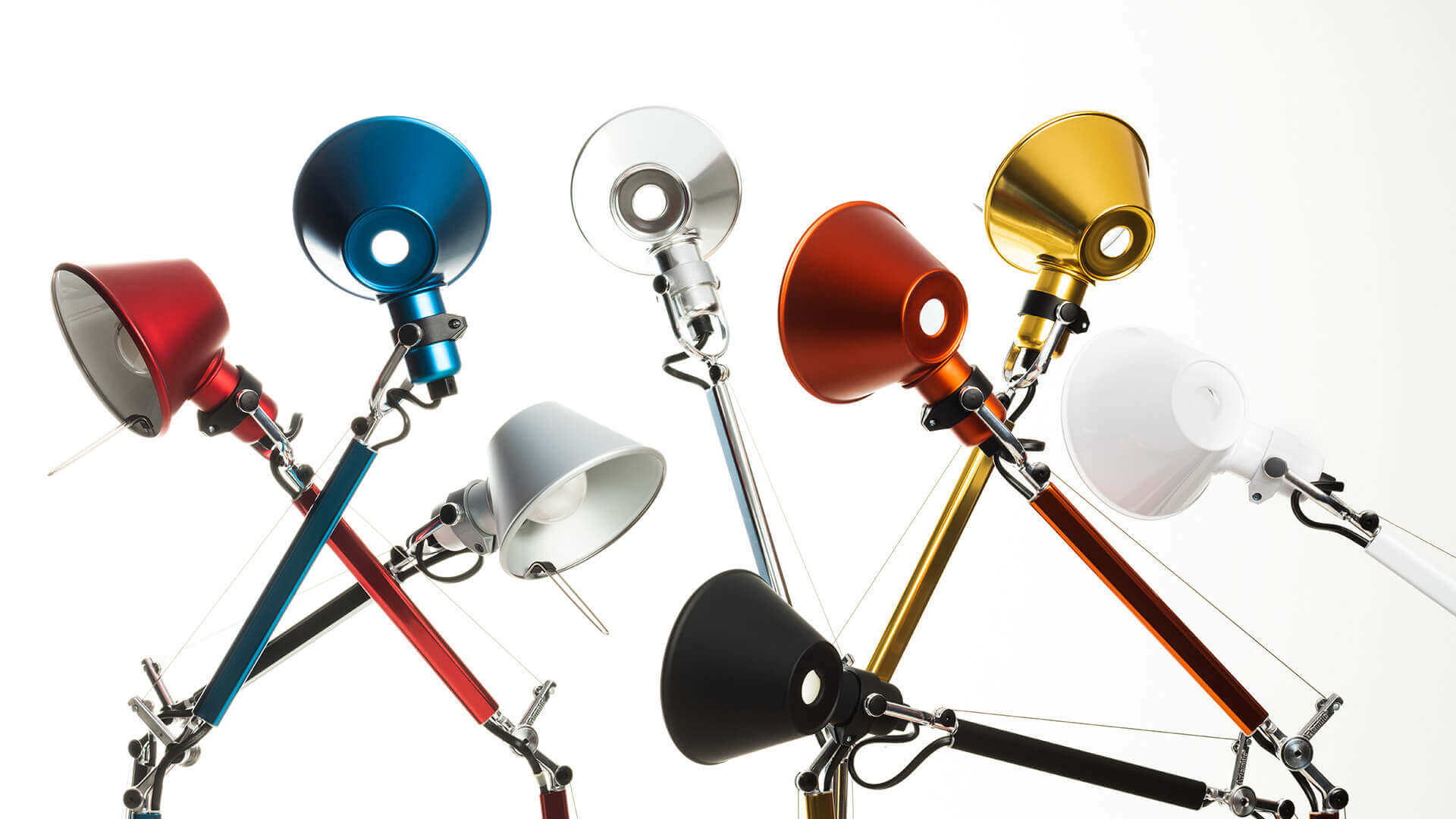-
What lighting to choose for a child's room? Expert advice 04/18/2025 14:51:2410 mistakes in Home and Apartment Lighting 01/13/2025 12:25:13How to properly light white interiors? 01/12/2025 19:32:46What lighting to choose for a child's room? Expert advice04/18/2025 14:51:24

When decorating a child's room, we usually focus on the colors of the walls, furniture, accessories or safety of the equipment. Meanwhile, one of the most important - and often underestimated - elements of the arrangement is lighting. It is lighting that creates the atmosphere, designates activity zones, and at the same time directly affects the mood, rhythm of the day and well-being of the toddler. In this entry, we will suggest how to plan lighting in a child's interior to be safe, functional and friendly at every stage of development. If you want to create a space that will grow with the child and support their daily development, see how easy it is to brighten up the toddler's everyday life.
Why is proper lighting in a child's room crucial?
Lighting in a child's room is not only an element of decor, but one of the key factors influencing the development, health and daily comfort of a toddler. In a space that combines the functions of a bedroom, a place to play and study, properly selected light is of great importance. Its intensity, color and arrangement of individual light points directly translate into the child's well-being.
The impact of light on a child's development and well-being
Natural and artificial lighting affect children differently than adults. Their nervous system and senses are more sensitive, so poorly selected light can cause irritation, problems with concentration, and even sleep disorders. For example, too cold a light color in the evening can inhibit the secretion of melatonin, making it difficult to fall asleep. On the other hand, a space that is too dark during the day can suppress natural activity and creativity. Therefore, at the stage of planning the arrangement, it is worth reaching for universal and easy-to-adjust solutions, such as an LED ceiling lamp with the ability to change the light color or intensity. General lighting should be even, free from sharp shadows and glare, in order to create a friendly atmosphere that helps with concentration. In the case of younger children, the light should also gently disperse throughout the room. Sharp contrasts can cause anxiety.
Safety and functionality as a priority
There is absolutely no room for compromise in a child's room when it comes to safety issues. Lighting should not only be functional, but also fully adapted to age. In practice, this means that all lighting fixtures should have a solid housing (preferably made of materials resistant to mechanical damage) and meet safety standards - including appropriate certificates and CE markings. It is also worth ensuring that light sources are placed out of reach of small hands, so a good choice will be an LED ceiling lamp that cannot be easily dismantled or touched. We should also avoid floor lamps that can be accidentally knocked over. In spaces where children are particularly active, it is recommended to install fixtures attached to the ceiling or walls, preferably with built-in LED sources that do not heat up during operation.
The main light source in a child's room
In every child's room, the most important light source is ceiling lighting - it is responsible for evenly brightening the entire space and is the basis for further planning of light zones. An LED ceiling lamp works perfectly in this role. It is energy-efficient, safe, and available in many forms, so we can easily adapt it to the child's age, the character of the interior and functional needs.
How to choose an LED ceiling lamp for a child's age?
The lighting in a toddler's room will look completely different than in a student's or teenager's room. In the case of preschoolers, it is worth choosing LED ceiling lamps with a soft, warm light and a closed structure, preferably with a lampshade that disperses light. Let's avoid models with exposed bulbs that can irritate the eyes or be accidentally damaged. For older children, especially those attending school, it is not only aesthetics that matter, but above all the quality of light that helps them concentrate. Lamps with higher brightness and the ability to adjust the color will work well here. Ideally, the model should allow you to adjust the light intensity to current needs, e.g. work at a desk or evening rest.

LED ceiling lamp and energy efficiency and light color
Modern LED ceiling lamps are functional and extremely economical. They consume much less electricity than traditional light sources, which is particularly important in rooms that are used intensively for many hours a day. Their durability and reliability make them a practical choice for years. It is also worth paying attention to the color temperature of the light. Warm light (approx. 2700-3000K) promotes calming down and creates a cozy atmosphere. It is ideal for reading fairy tales in the evening. In turn, a neutral color (approx. 4000K) will be suitable for learning and everyday activities, because it does not tire the eyes and helps with concentration. However, let's avoid very cold tones that can over-stimulate the child's nervous system. LED ceiling lamps with a color temperature adjustment function allow you to adjust the light to current needs and time of day. Models of this type, referred to as CCT (Correlated Color Temperature), allow for a smooth transition from a warm light color, ideal for the evening and quiet time, to a neutral one, conducive to concentration during learning and play. Thanks to this, one lamp can perform different functions throughout the day, creating safe and comfortable conditions for the child's daily functioning.
Track lights in a child's room - a modern and flexible solution
Although track lights are mainly associated with modern or commercial interiors, they can also be successfully used in children's arrangements. They are distinguished primarily by their great flexibility in lighting planning, which in a space that must combine various functions, such as sleep, learning, and play, turns out to be exceptionally practical. This is a solution that "grows" with the child and easily adapts to changing needs.
Are track lights suitable for children's interiors?
Definitely yes, provided that we choose the right system. Tracks (both 1-phase and 3-phase) allow for the installation of several spotlights or luminaires on one power line, and their arrangement and direction of light can be freely modified. This means that the lighting can be easily adapted to the current furniture layout or the child's age, without having to modify the entire installation. In addition, track lights work great in thematic arrangements. They can be used, for example, to illuminate bookshelves, poster displays or play areas. Their minimalist form goes well with modern children's furniture and does not overwhelm the interior. Our offer also includes magnetic systems that allow you to move the luminaires on the rail even faster and more conveniently, without using tools.
How to arrange rail lamps above a play area or desk?
One of the greatest advantages of rail lamps is the ability to direct them. This means that we can direct the light exactly where it is needed. It is worth installing one or two luminaires with warm-neutral light (approx. 4000K) above the desk, which will promote concentration. Diffused light will work well above the play area, giving a sense of space and freedom, preferably with adjustable angle of incidence.

However, several typical mistakes should be avoided. Firstly, spotlights should not be positioned so that they shine directly into the child's eyes. This can cause discomfort and eye fatigue. Secondly, too much light at one point can create an unpleasant contrast with the rest of the room. It is therefore worth planning a rail system as a supplement to the ceiling lamp, not a replacement for it. Another advantage of this solution is its long-term functionality. In the future, rail lamps can be easily moved above other areas, e.g. above the bed or exercise area, without the need to cut walls or interfere with the electrical installation.
Light tailored to needs
A child's room is a multi-tasking space, where completely different things can happen in one day: morning studying at the desk, afternoon madness with toys, evening relaxation and sleep. Therefore, in addition to the main general lighting and functional lamps, such as rail lamps, it is worth taking care of zone lighting, which will help create the right conditions for each of these activities. Properly planned lighting supports the child's daily rhythm, organizes the space and has a positive effect on their well-being.
Desk lamps and wall lamps by the bed
In the study area, the priority is spot lighting, which will allow the child to comfortably read, write and work at the computer. The best solution will be an LED desk lamp with the ability to adjust the angle of light and the brightness level. Models with a light colour change function (from warm to neutral) allow you to adjust the conditions to the time of day and type of activity. Neutral colour (approx. 4000K) promotes concentration and does not strain the eyes. In a relaxation area, by the bed or near a place to read, a wall lamp with soft, warm light will work great, which will not hurt the eyes and will create a peaceful atmosphere. It is worth paying attention to models with a switch within the child's reach. This is a convenient and safe solution that allows the toddler to control the light independently, e.g. during evening reading of fairy tales.
Decorative and mood lighting
In addition to functional lighting, it is also worth taking care of mood lighting elements that create atmosphere and introduce children's magic into the interior. Night lights, LED garlands, star projectors or luminaires with favorite motifs (e.g. animals or fairy tale characters) perform not only a decorative function, but also give the child a sense of security after dark. Delicate light that does not dazzle or disturb the sleep rhythm can be helpful for children who are afraid of the dark or wake up often. In the case of younger children, lamps with a twilight sensor or a built-in dimmer work great. In turn, in the rooms of older children and teenagers, decorative lighting can become an important element of the decor, e.g. as LED strips under shelves, colorful garlands above the desk or minimalist wall lamps with frosted glass. Well-chosen light can turn an ordinary room into a creative space for dreams, play and rest, and this is one of the most important functions of a child's interior.
Create light that grows with your child
Lighting in a child's room should be flexible, safe and adapted to their daily activities - from play, through learning, to rest. A well-designed lighting system is one that supports the child's development, creates an atmosphere and grows with their needs. That is why it is worth reaching for modern solutions, such as an LED ceiling lamp with adjustable light color, rail lamps with the possibility of modifying the layout or decorative mood lighting that creates a unique atmosphere in the room. If you are looking for proven, energy-saving and stylish solutions for a child's room, our offer includes a wide range of modern lighting adapted to any space.
Menu
- +Outdoor lighting
- +Indoor lighting
- Living room
- Bedroom
- Dining room
- LED bathroom lighting
- LED kitchen lighting
- LED stairs lighting
- +LED bulbs
- All manufacturers
- Prices drop
- New Products
- Bestseller




